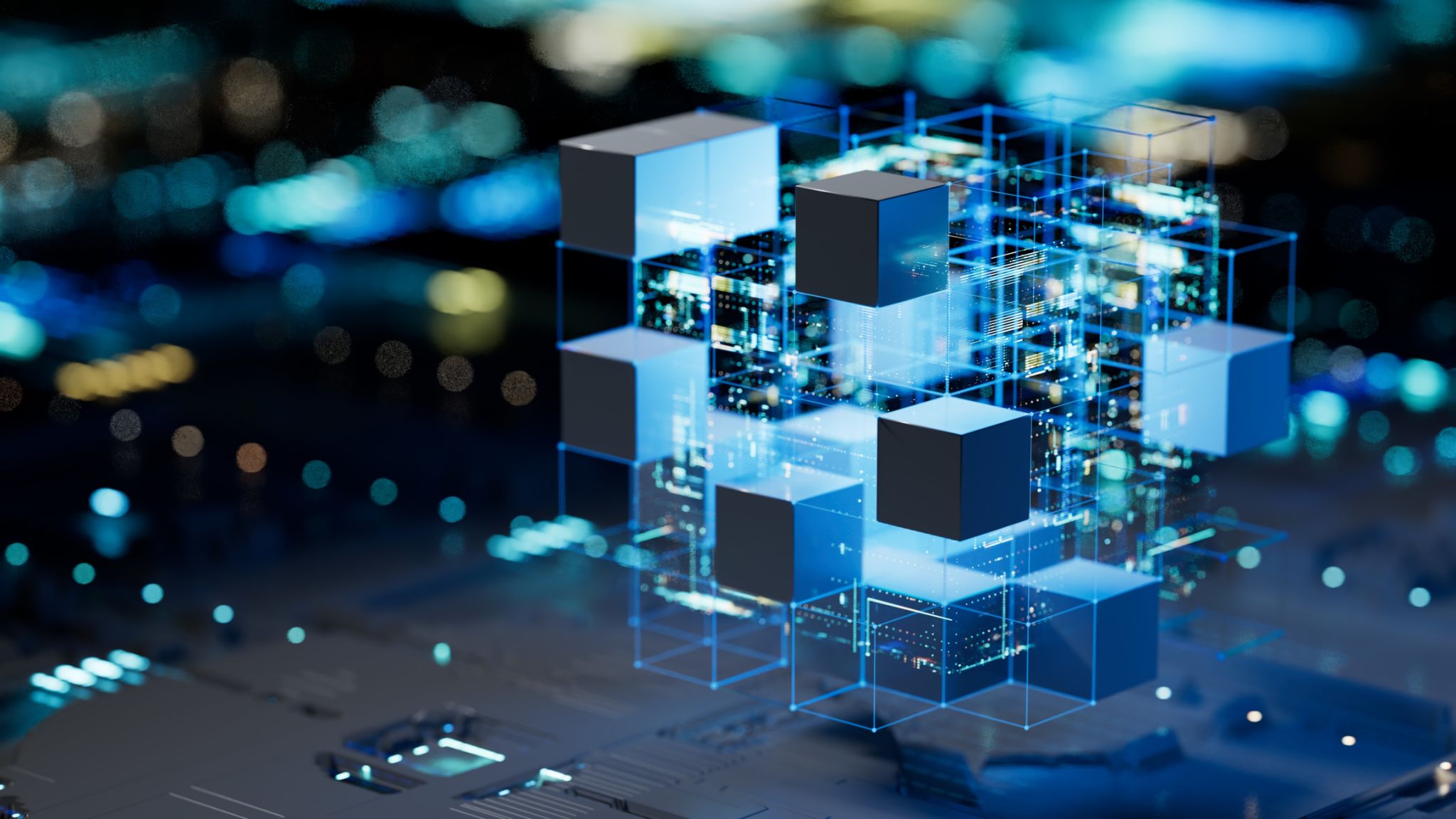Optimizing IoT for Smart Inspections: Drones, Robots, and More
The Rise of IoT in Smart Inspections
The Internet of Things (IoT) is revolutionizing various industries, and inspections are no exception. With the advent of smart inspections, the integration of IoT devices such as drones and robots is helping companies improve safety, efficiency, and accuracy. These technologies are transforming traditional inspection methods by providing real-time data and insights, allowing for quicker decision-making and proactive maintenance.
IoT-enabled devices allow inspectors to gather data from hard-to-reach or hazardous areas without putting human workers at risk. This capability is particularly beneficial in industries like oil and gas, construction, and infrastructure maintenance, where safety is a top priority. As a result, companies are increasingly turning to smart inspections to enhance their operational processes.

Drones: Taking Inspections to New Heights
Drones are one of the most prominent IoT devices used in smart inspections. Equipped with high-resolution cameras and sensors, drones can capture detailed images and data from areas that are difficult or dangerous for human inspectors to access. This capability not only improves safety but also reduces the time and cost associated with traditional inspection methods.
Furthermore, drones can be programmed to follow specific flight paths, ensuring comprehensive coverage of the inspection area. This automation reduces human error and allows for more consistent data collection. As drone technology continues to advance, we can expect even more sophisticated capabilities that will further enhance their role in smart inspections.
Advantages of Using Drones
- Enhanced safety by reducing human exposure to hazardous environments
- Greater efficiency with quicker data collection
- Cost savings from reduced labor and equipment expenses
- Improved accuracy through high-resolution imaging

Robots: The Future of Automated Inspections
In addition to drones, robots are playing a crucial role in optimizing IoT for smart inspections. These machines can be equipped with various sensors and cameras to perform detailed inspections in environments that are challenging for humans. Robots can operate in extreme temperatures, confined spaces, and even underwater, making them indispensable for certain industries.
Robots offer the advantage of continuous operation without fatigue, allowing for round-the-clock inspections. This capability is particularly useful for infrastructure and facility management, where regular monitoring is essential to prevent costly downtime or accidents. By integrating IoT technology, robots can communicate with other devices and systems, providing real-time data that enhances decision-making processes.
Applications of Robots in Inspections
- Pipeline inspections in oil and gas industries
- Bridge and tunnel maintenance
- Nuclear plant inspections in hazardous environments
- Underwater inspections for marine infrastructure

The Impact of IoT on Inspection Processes
The integration of IoT technologies in smart inspections is significantly improving the overall inspection process. By providing real-time data and analytics, IoT devices help identify potential issues before they become major problems. This proactive approach not only enhances safety but also minimizes downtime and reduces maintenance costs.
Companies that adopt IoT-enabled smart inspections benefit from increased operational efficiency and reduced risk. The ability to monitor assets continuously allows for better asset management and longer equipment lifespans. As IoT technology continues to evolve, we can expect even greater advancements in how inspections are conducted across various industries.
The Future of Smart Inspections with IoT
Looking ahead, the future of smart inspections lies in further integrating IoT with emerging technologies such as artificial intelligence (AI) and machine learning (ML). These technologies will enable even more sophisticated data analysis and predictive maintenance capabilities, transforming how inspections are conducted.
As more industries recognize the benefits of IoT-enabled smart inspections, we can anticipate wider adoption and innovation in this space. The combination of drones, robots, and other IoT devices will continue to drive efficiency, safety, and accuracy in inspection processes worldwide.